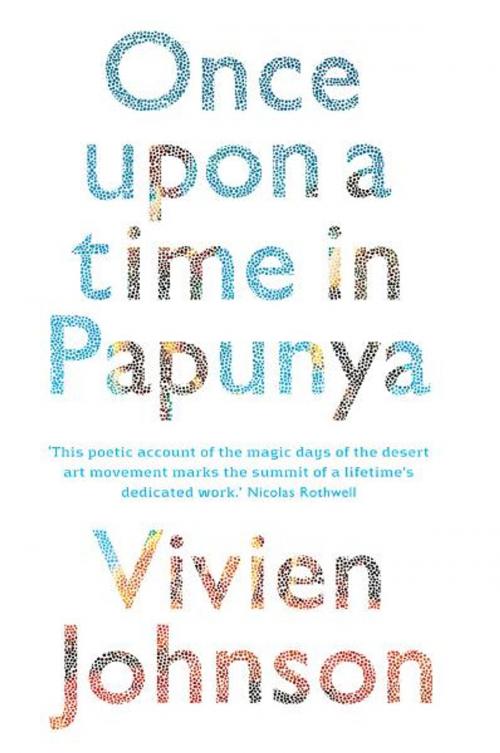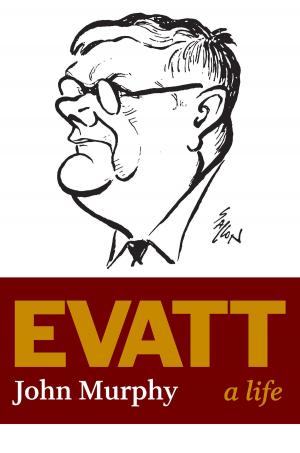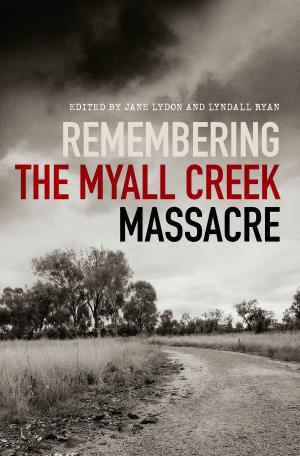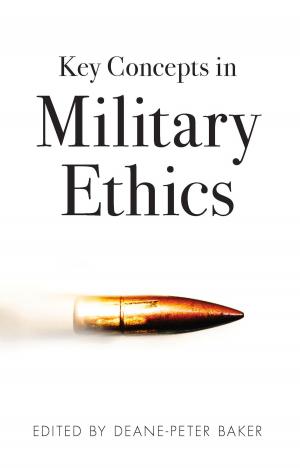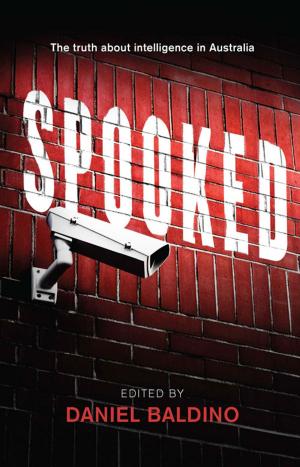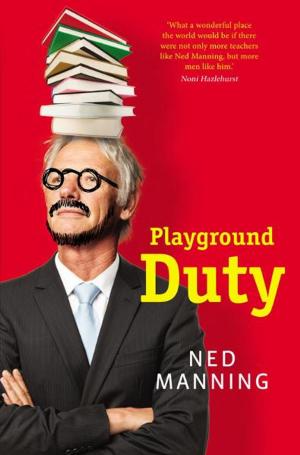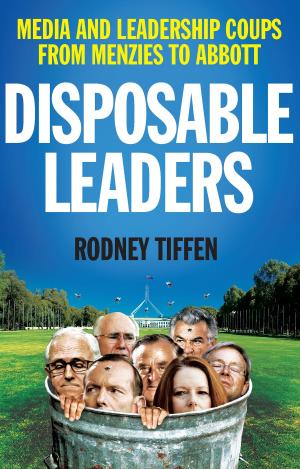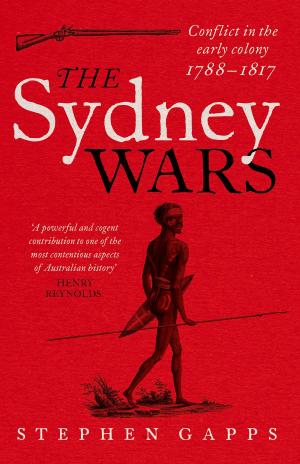| Author: | Vivien Johnson | ISBN: | 9781742240138 |
| Publisher: | University of New South Wales Press | Publication: | December 1, 2010 |
| Imprint: | University of New South Wales Press | Language: | English |
| Author: | Vivien Johnson |
| ISBN: | 9781742240138 |
| Publisher: | University of New South Wales Press |
| Publication: | December 1, 2010 |
| Imprint: | University of New South Wales Press |
| Language: | English |
Part art history, part detective story, this gripping insider’s account of the Papunya art movement-which was centered around the 1,000 small, painted panels created at the remote northern territory Aboriginal settlement of Papunya during 1971 and 1972-goes beyond a mere discussion of the astronomical auction prices in the late 1990s that first drew many people’s attention to these pieces. Celebrating Australian art history, this study explores the background of the artists themselves as well as restoring the boards’ historical and cultural significance as the first inscriptions of the religious beliefs and sacred visual language of the Western Desert peoples. It additionally looks at the controversies that surrounded the paintings at the time of their creation, the role of teacher Geoffrey Bardon, the depiction of sacred imagery, what they mean to the artists’ descendants, and the distant worlds of art auctions and international exhibitions-telling the larger story of Aboriginal art in Australia and beyond.
Part art history, part detective story, this gripping insider’s account of the Papunya art movement-which was centered around the 1,000 small, painted panels created at the remote northern territory Aboriginal settlement of Papunya during 1971 and 1972-goes beyond a mere discussion of the astronomical auction prices in the late 1990s that first drew many people’s attention to these pieces. Celebrating Australian art history, this study explores the background of the artists themselves as well as restoring the boards’ historical and cultural significance as the first inscriptions of the religious beliefs and sacred visual language of the Western Desert peoples. It additionally looks at the controversies that surrounded the paintings at the time of their creation, the role of teacher Geoffrey Bardon, the depiction of sacred imagery, what they mean to the artists’ descendants, and the distant worlds of art auctions and international exhibitions-telling the larger story of Aboriginal art in Australia and beyond.
